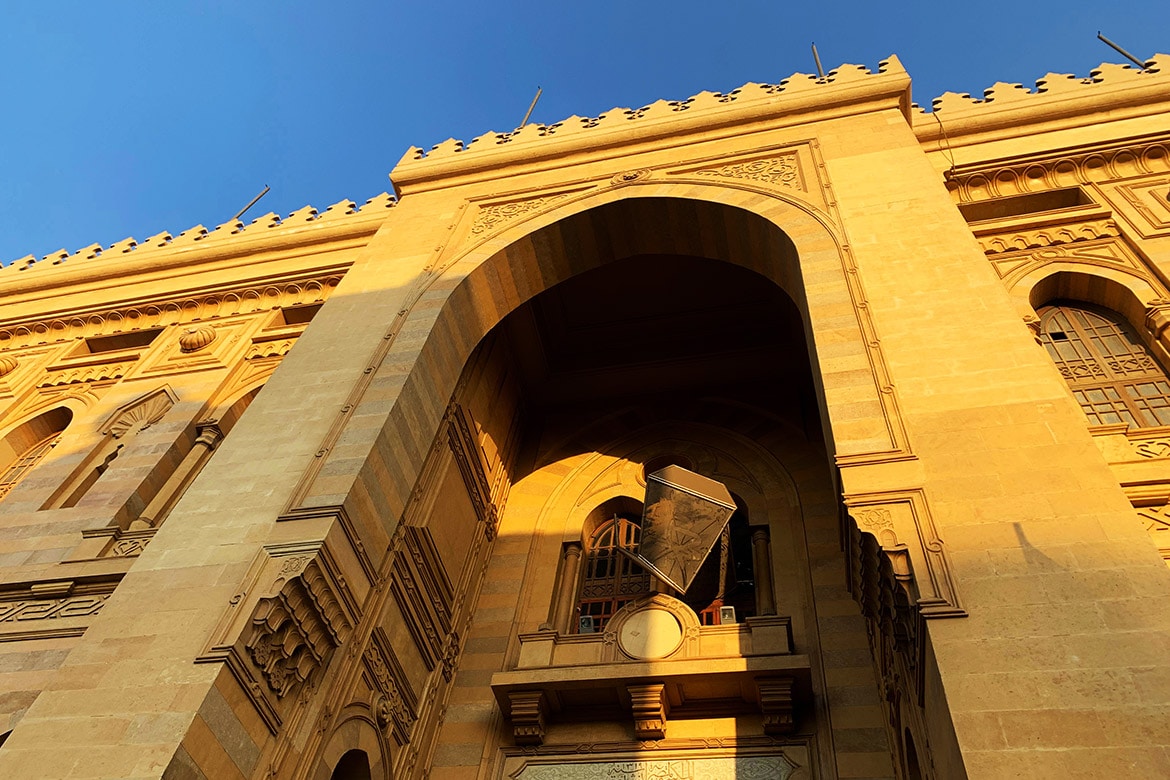When the word library comes to mind, several images rise alongside it: commanding structures, brooding masterpieces of art and literature, a place to sit and sip something warm while penning notes on Darwish and Rumi, memories of long nights and reading romantics, pulling at a cuticle between teeth. Vivid – but surprisingly, not that common. For many Egyptians, public libraries are odd institutions not many are readily using. Rather, they’re sunken sediment at the pit of most minds and social structures, seen as locations to store knowledge rather than acquire it. Despite their continuous restoration, funding, and housing of one-of-kind, cornerstone documents, Egyptian libraries are more often than not overlooked as assets to the public. It’s about time to address the issue – with class. Here are some of Egypt’s finest, most influential public libraries that are open and accessible to those with a knack for the unknown. Here, individuals are free to sit and enjoy a vast, and wholly impressive array of curated collections. Greater Cairo Library Beautifully baroque and doubly impressive is the Greater Cairo Library: the most extensive repository of information in all of Egypt. Iconic in…



